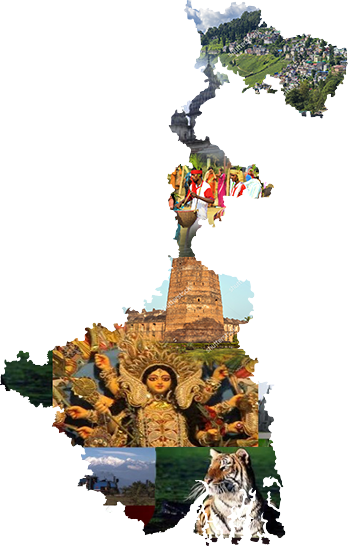 Widely considered the ‘Melting Pot of Cultures’, the fourth most populous state in India – West Bengal is located in the eastern part. It is bounded to the north by the state of Sikkim and the country of Bhutan, to the northeast by the state of Assam, to the east by the country of Bangladesh, to the south by the Bay of Bengal, to the southwest by the state of Odisha, to the west by the states of Jharkhand and Bihar, and to the northwest by the country of Nepal. The capital city - Kolkata is often termed as the ‘Cultural Capital of India’. West Bengal offers a unique flavour to the richness of India with its synthesis of various languages, religions, customs, traditions, cuisines and lifestyle.
Widely considered the ‘Melting Pot of Cultures’, the fourth most populous state in India – West Bengal is located in the eastern part. It is bounded to the north by the state of Sikkim and the country of Bhutan, to the northeast by the state of Assam, to the east by the country of Bangladesh, to the south by the Bay of Bengal, to the southwest by the state of Odisha, to the west by the states of Jharkhand and Bihar, and to the northwest by the country of Nepal. The capital city - Kolkata is often termed as the ‘Cultural Capital of India’. West Bengal offers a unique flavour to the richness of India with its synthesis of various languages, religions, customs, traditions, cuisines and lifestyle.
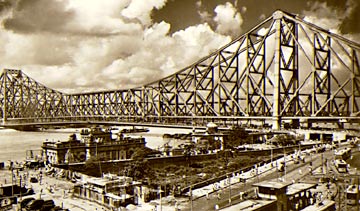 According to the historians, the name of Bengal or Bangla is derived from the ancient kingdom of Vanga (or Banga). In early Sanskrit literature references to the name of Banga occur, though its early history is almost obscure until the 3rd century BC. However, Stone Age tools dating back to 20,000 years have been excavated in the State. Bengal was referred to as ‘Ganaridai’ by the ancient Greeks around 100 BC, meaning, speculatively, a land with the river Ganga in its seat of the Gupta Empire. One of the powerful kingdoms during the 7th century BC - Magadha consisted of the present-day Bihar and Bengal regions.
According to the historians, the name of Bengal or Bangla is derived from the ancient kingdom of Vanga (or Banga). In early Sanskrit literature references to the name of Banga occur, though its early history is almost obscure until the 3rd century BC. However, Stone Age tools dating back to 20,000 years have been excavated in the State. Bengal was referred to as ‘Ganaridai’ by the ancient Greeks around 100 BC, meaning, speculatively, a land with the river Ganga in its seat of the Gupta Empire. One of the powerful kingdoms during the 7th century BC - Magadha consisted of the present-day Bihar and Bengal regions.

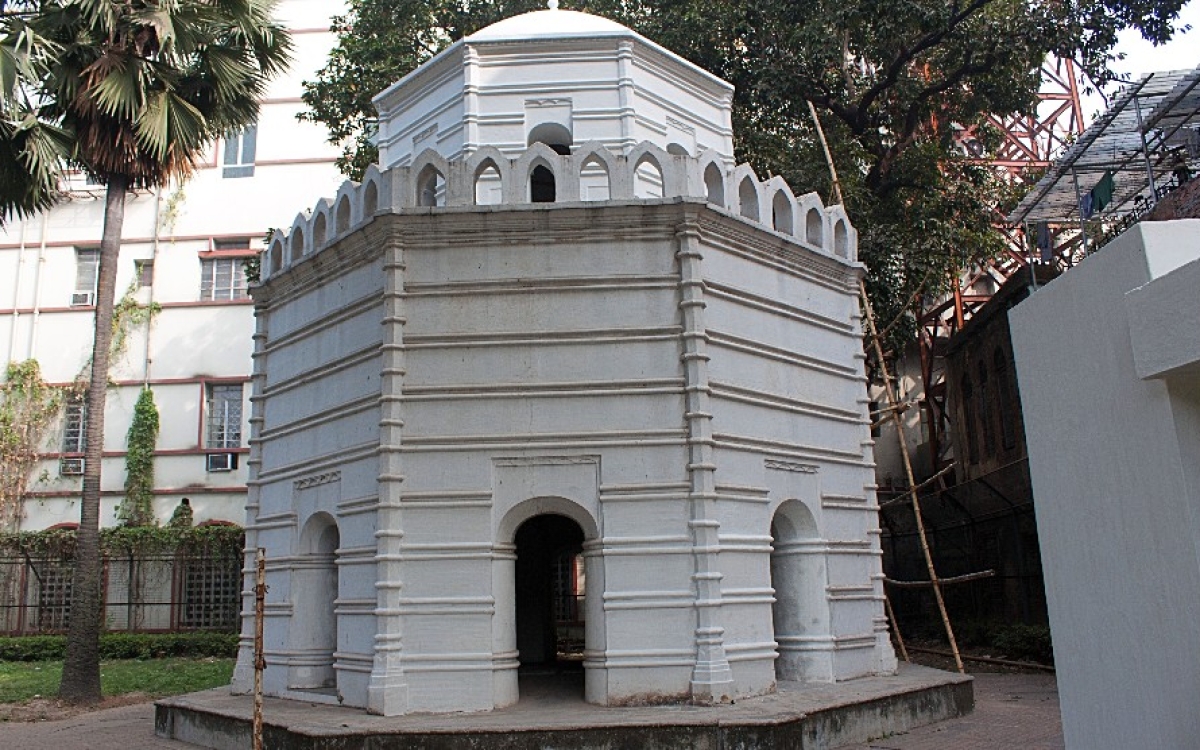
Calcutta (subsequently renamed Kolkata), the capital city of the state, is named after the Anglicized version of it’s Bengali name ‘Kalikata’. According to some historians, ‘Kalikata’ is derived from the Bengali word ‘Kalikshetra’, which means Land of Kali (the goddess). However, according to the Encyclopaedia Britannica, some say that the name of the city is derived from the location of its original settlement on the bank of a canal (khal).
On August 24, 1686, a British merchant - Job Charnock, landed in the village of Sutanuti as a representative of the British East India Company to establish a factory. He reportedly founded the city after amalgamating three large villages along the east bank of the river Ganges, named - Sutanuti, Gobindapur and Kalikata.

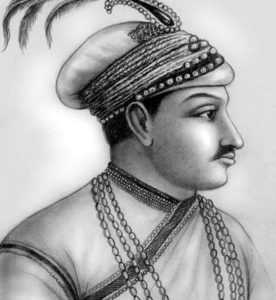 On June 20, 1756, Siraj-Ud-Daullah, who was the Nawab of Bengal, attacked the city and captured the Fort William
On June 20, 1756, Siraj-Ud-Daullah, who was the Nawab of Bengal, attacked the city and captured the Fort William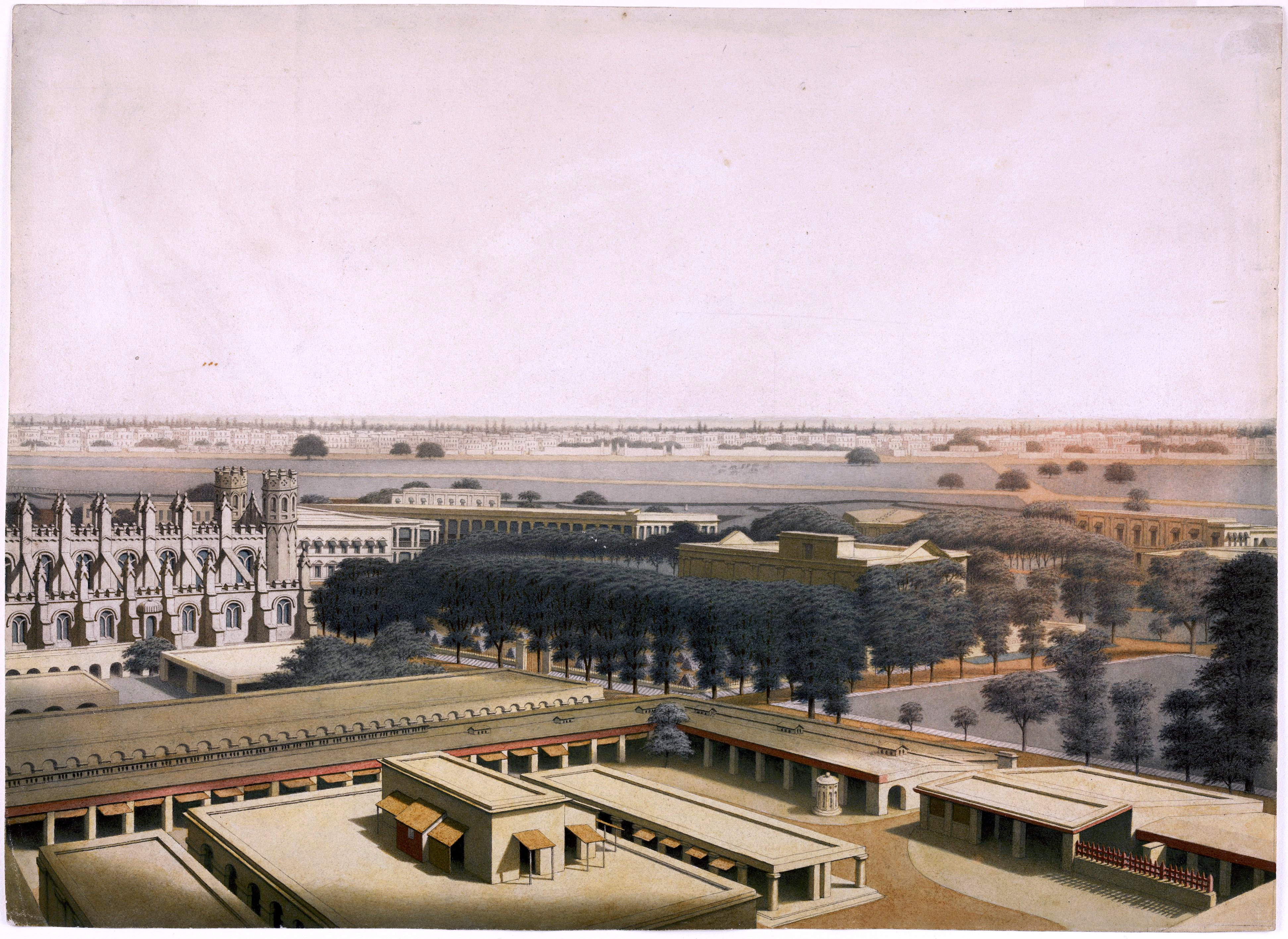 which was fortified by East India Company and renamed it as Alinagar after his maternal grandfather Nawab Alivardi Khan. Calcutta was re-captured by Robert Clive in 1757 when the British defeated Siraj-ud-daullah on the battle-field of Plassey.
which was fortified by East India Company and renamed it as Alinagar after his maternal grandfather Nawab Alivardi Khan. Calcutta was re-captured by Robert Clive in 1757 when the British defeated Siraj-ud-daullah on the battle-field of Plassey.
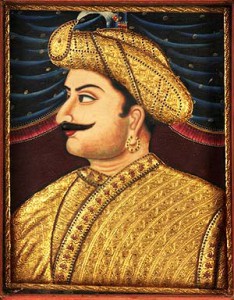 Tipu Sultan, the ‘Tiger of Mysore’, died on the battle field in 1799. However, he had signed a treaty with the British seven years earlier by which he ceded half his kingdom and unable to pay the colonists some Rs. 300 lakh, had to accept his two minor sons being exiled to Calcutta. Although they were returned to their family two years later, a ‘mutiny’ in 1806 resulted in the entire family and entourage of about 300 people literally being shipped off to Calcutta. This included Tipu's 11th son, Prince Ghulam Mohammed who is remembered today, if at all, by the name of the road that skirts around the Royal Calcutta Golf Club (RCGC).
Tipu Sultan, the ‘Tiger of Mysore’, died on the battle field in 1799. However, he had signed a treaty with the British seven years earlier by which he ceded half his kingdom and unable to pay the colonists some Rs. 300 lakh, had to accept his two minor sons being exiled to Calcutta. Although they were returned to their family two years later, a ‘mutiny’ in 1806 resulted in the entire family and entourage of about 300 people literally being shipped off to Calcutta. This included Tipu's 11th son, Prince Ghulam Mohammed who is remembered today, if at all, by the name of the road that skirts around the Royal Calcutta Golf Club (RCGC).
 On May 6, 1856, a steamer named General McLeod docked in Calcutta. On board was Wajid Ali Shah, the last Nawab of the Kingdom of Oudh whose reign had been cut short by the imperial ambitions of Lord Dalhousie, Governor General of British India, who had deposed him under the pretext of mis-governance. He was exiled to Garden Reach in Metiabruz, then a suburb of Kolkata, where he lived out the rest of his life on a generous pension. He was a poet, playwright, dancer and great patron of the arts. He is widely credited with the revival of Kathak as a major form of classical Indian dance.
On May 6, 1856, a steamer named General McLeod docked in Calcutta. On board was Wajid Ali Shah, the last Nawab of the Kingdom of Oudh whose reign had been cut short by the imperial ambitions of Lord Dalhousie, Governor General of British India, who had deposed him under the pretext of mis-governance. He was exiled to Garden Reach in Metiabruz, then a suburb of Kolkata, where he lived out the rest of his life on a generous pension. He was a poet, playwright, dancer and great patron of the arts. He is widely credited with the revival of Kathak as a major form of classical Indian dance.
In 1772, when Calcutta was announced as the capital of British India, Warren Hastings, the first and most famous of the British Governor-General of India moved all the important offices from Murshidabad -- the former capital of Bengal during Mughal Period -- to Calcutta.
The period between 1820 and 1930 saw the sowing of the seeds of nationalism when Lord Curzon carried out Partition of Bengal in 1905, despite strong Indian nationalist opposition. In 1911, the capital was shifted from Calcutta (now Kolkata) to Delhi and east and west Bengal were reunited.
Starting from Battle of Plassey in 1757, Bengal was one of the main theatres of India’s struggle for Freedom against British Imperialism.
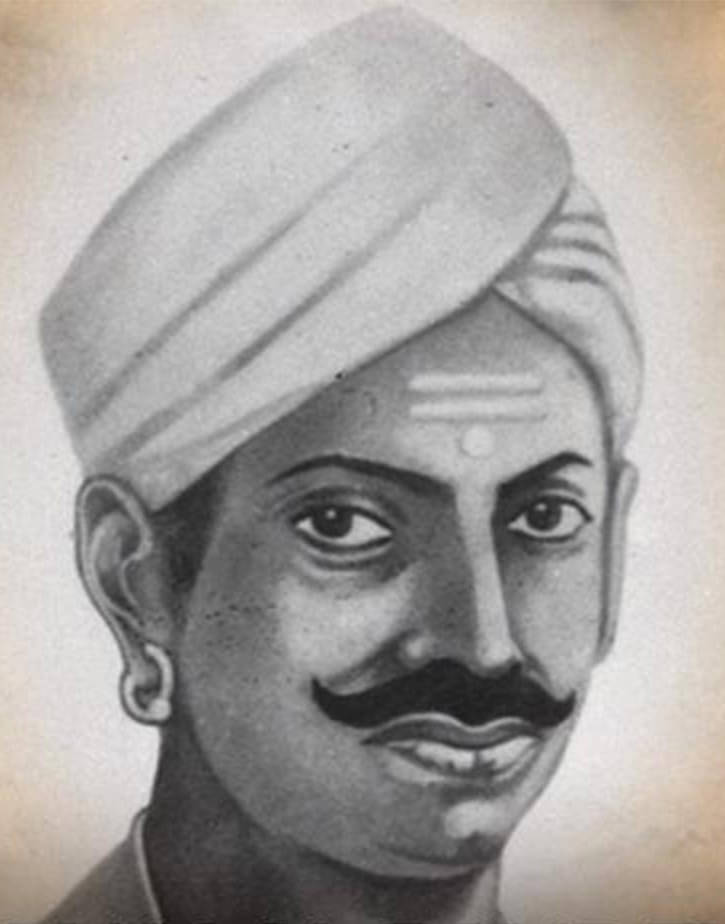
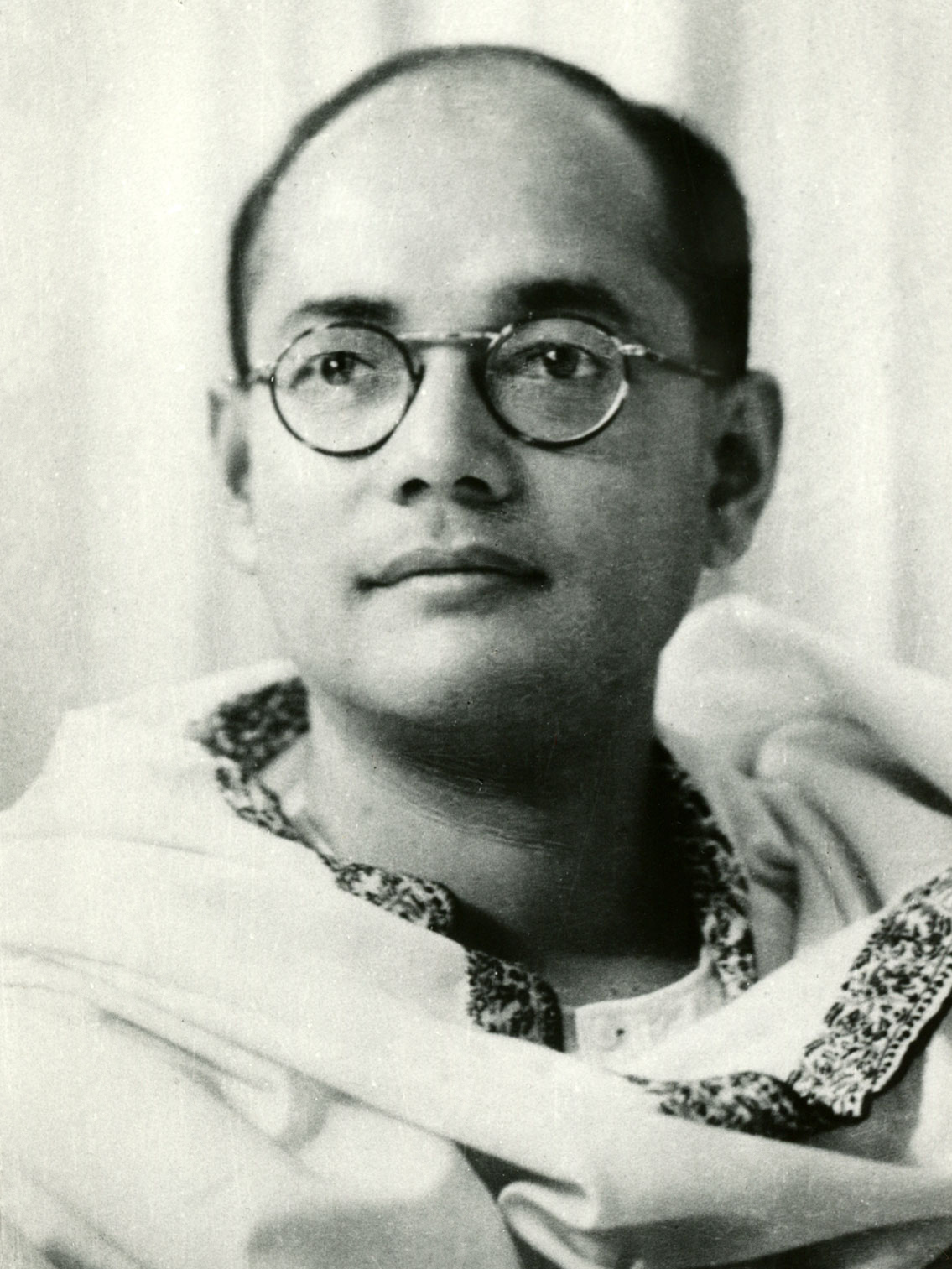
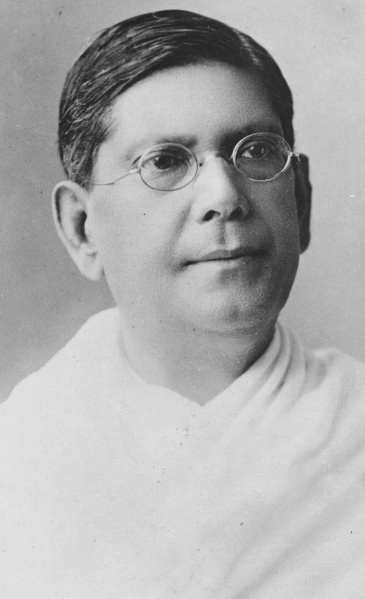
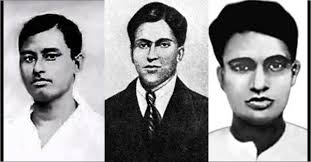
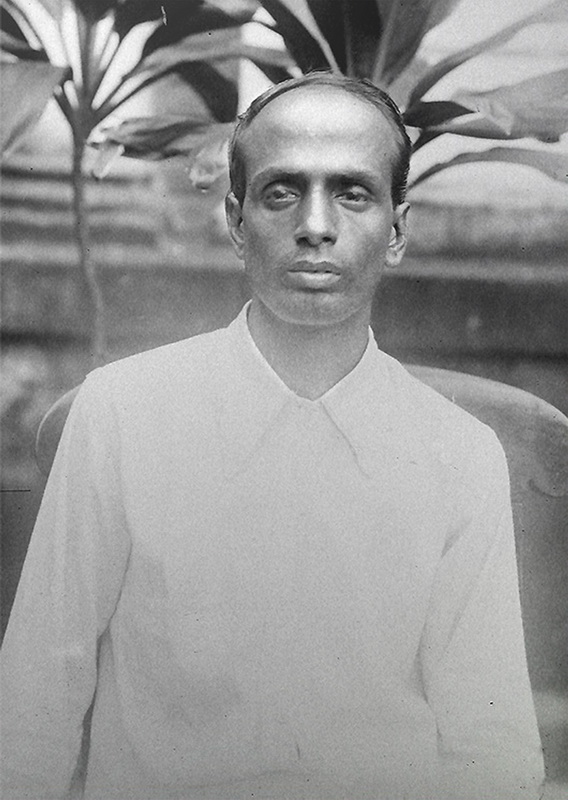
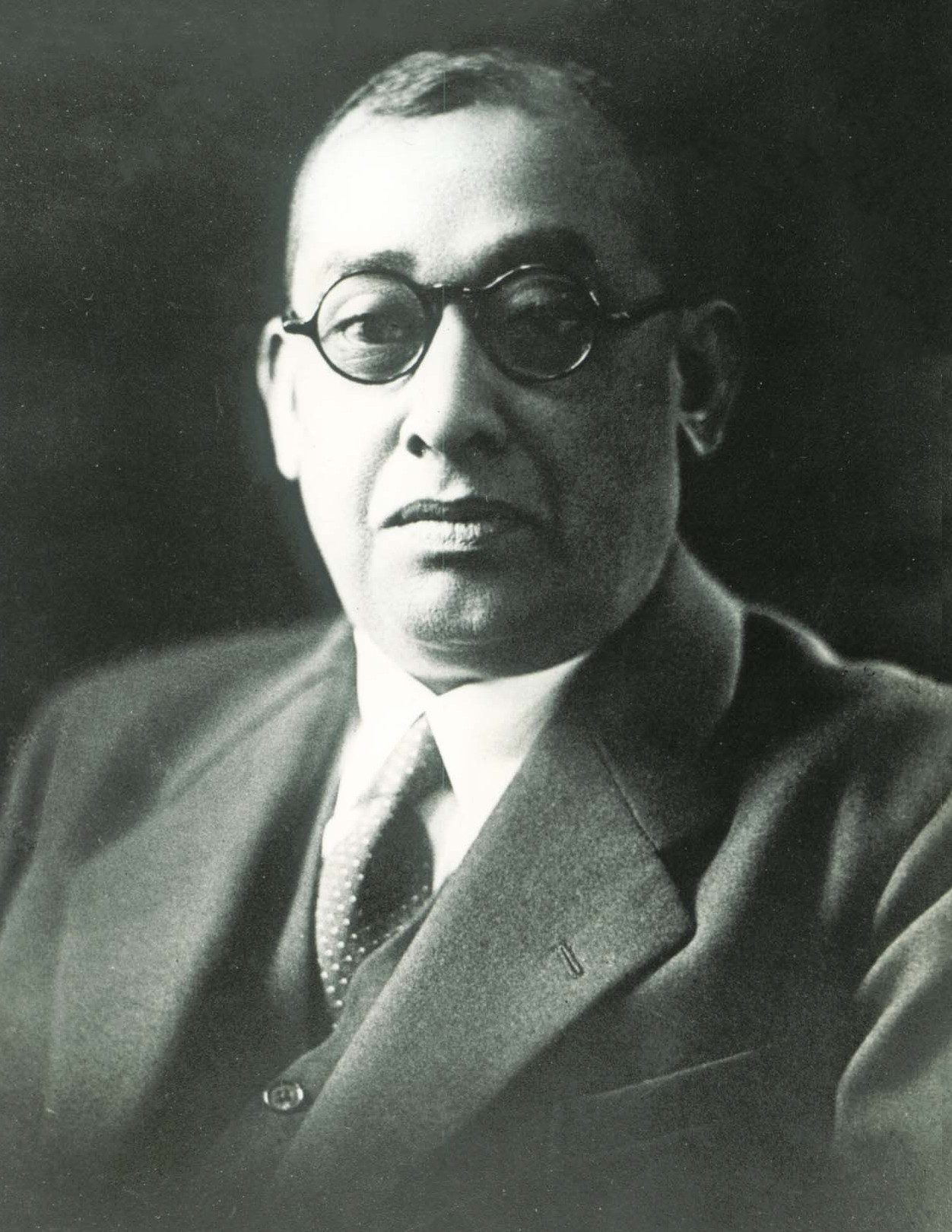

Among the several unrests first one to be mentioned is : The Sannyasi Bidroha (Rebellion) from 1763 to 1800. Noted historians has exposed the truth that in basically was basically a peasants’ rebellion. According to Dr. Bhupendranath Dutta, the slogan ‘Vande Mataram’ was first raised during that time.
During the same period there were many more remarkable peasant uprisings viz:, the Santhal Rebellion of 1855-57 was the biggest and most remarkable. Bengal in one way or the other was the starting point as ‘The first shot’ was fired by Sepoy No. 1446, Mangal Pandey, belonging to the 5th company of the 34th Regiment, Bengal Native infantry, on March 29, 1857, at Barrackpore.
Although Indian National Congress was founded well within 19th century, starting from almost the beginning of 20th Century, armed struggles by the revolutionary patriots, were move popular in Bengal. Actually two major splits within the Congress and alternative formations, led by C.R. Das and Subhas Chandra Bose respectively, started from Bengal.
The first decade of 20th Century witnessed the formation of at least two revolutionary organization viz – Anushilan Samity and the Jugantar group. This was the decade of a huge mass movement against the cunning effort of ‘Bengal Partition’. Rabindranath Tagore also had a role in this movement.
The revolutionaries led by Master-da Surya Sen captured the Chattagram (Chittagong) city. His organization was declared the (Chittagong) chapter of the Indian Republican Army.
After struggles by countless freedom fighters including many from Bengal, India finally became an independent nation on 15th of August, 1947.
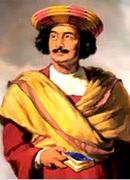
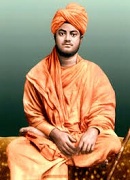


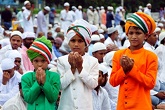

The Multiracial and Multilingual amalgamation of cultures can be felt at different parts of Bengal. The capital of British India till 1911, Kolkata is a blend of Western and Indian culture. Home to a plethora of historical sites, it houses Hindu temples, mosques, churches, as well as landmarks like the Victoria Memorial, St. Pauls’ Cathedral Church and Howrah Bridge. The people of different caste, race and colour all live in perfect harmony, celebrating festivals like the Durga Puja, Eid & Christmas in equal fervour.
 The Bengali language boasts a rich literary heritage, shared with neighbouring Bangladesh. West Bengal has a long tradition in folk literature, evidenced by the Charyapada, Mangalkavya, Shreekrishna Kirtana, Thakurmar Jhuli and stories related to Gopal Bhar. Some of the well known authors were Bankim Chandra Chattopadhyay, Michael Madhusudan Dutt, Rabindranath Tagore, Kazi Nazrul Islam, Sarat Chandra Chattopadhyay, Jibananda Das, Mahashweta Devi, Sanjeev Chattopadhyay and Sunil Gangopadhyay.
The Bengali language boasts a rich literary heritage, shared with neighbouring Bangladesh. West Bengal has a long tradition in folk literature, evidenced by the Charyapada, Mangalkavya, Shreekrishna Kirtana, Thakurmar Jhuli and stories related to Gopal Bhar. Some of the well known authors were Bankim Chandra Chattopadhyay, Michael Madhusudan Dutt, Rabindranath Tagore, Kazi Nazrul Islam, Sarat Chandra Chattopadhyay, Jibananda Das, Mahashweta Devi, Sanjeev Chattopadhyay and Sunil Gangopadhyay.
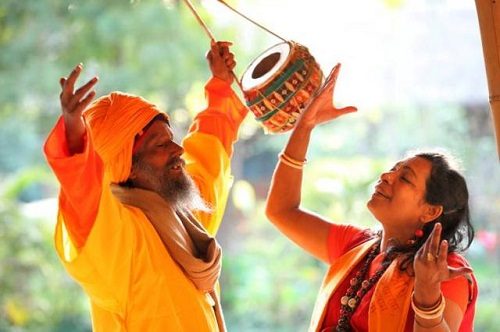 The ‘Baul’ tradition is a unique heritage of Bengali folk music, which has also been influenced by regional music traditions. Other folk music forms include Gambhira and Bhawaiya. "Rabindrasangeet", songs composed and set into tune by Rabindranath Tagore and "Nazrul Geeti" by Kazi Nazrul Islam are also very popular. Bengali dance forms draw from folk traditions, especially those of the tribal groups, as well as the broader Indian dance traditions. Chhau dance of Purulia is a rare form of mask dance. Introduced around 500 years ago, Kirtan dance is said to be the best form of Bhakthi yoga.
The ‘Baul’ tradition is a unique heritage of Bengali folk music, which has also been influenced by regional music traditions. Other folk music forms include Gambhira and Bhawaiya. "Rabindrasangeet", songs composed and set into tune by Rabindranath Tagore and "Nazrul Geeti" by Kazi Nazrul Islam are also very popular. Bengali dance forms draw from folk traditions, especially those of the tribal groups, as well as the broader Indian dance traditions. Chhau dance of Purulia is a rare form of mask dance. Introduced around 500 years ago, Kirtan dance is said to be the best form of Bhakthi yoga.
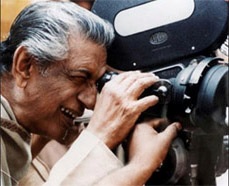 The state is home to a thriving cinema industry, dubbed "Tollywood". The Bengali film industry is well known for all kind of films , and has produced acclaimed directors like Satyajit Ray, Mrinal Sen, Tapan Sinha and Ritwik Ghatak. Satyajit Ray received an Honorary Academy Award in 1992, becoming the first Indian to receive an Honorary Oscar for Lifetime Achievement.
The state is home to a thriving cinema industry, dubbed "Tollywood". The Bengali film industry is well known for all kind of films , and has produced acclaimed directors like Satyajit Ray, Mrinal Sen, Tapan Sinha and Ritwik Ghatak. Satyajit Ray received an Honorary Academy Award in 1992, becoming the first Indian to receive an Honorary Oscar for Lifetime Achievement.
Bengal had been the harbinger of modernism in fine arts. Abanindranath Tagore, called the ‘Father of Modern Indian Art’ had started the Bengal School of Art which was to create styles of art outside the European realist tradition. The movement had many adherents like Gaganendranath Tagore, Ramkinkar Baij, Jamini Roy and Rabindranath Tagore.
| Darjeeling tea | World’s most expensive and exotically flavored tea, it was given the GI status in 2003 in India and was granted the geographical indication status by the European Union in October, 2011, authenticating its origin. | 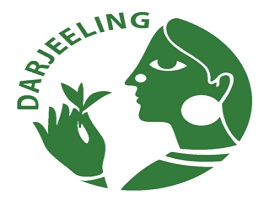 |
|---|---|---|
| Nakshi Kantha | A type of embroidered quilt, it is a centuries-old Bengali art tradition of the eastern part of the Indian subcontinent, notable in Bangladesh and Indian states of West Bengal, Tripura and part of Assam. The name "Nakshi Kantha" was derived from the Bengali word "naksha" (which refers to artistic patterns) and the running stitch called "kantha stitch". | 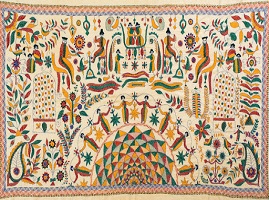 |
| Santipur Saree | Santipur in Nadia district is famous for handloom sarees from ancient times and elegant designs inspired from nature and especially known for its superfine dhoti and handloom saree with jacquard design. The interesting aspect of this type of saree is - the front and the reverse side of it looks exactly the same. |
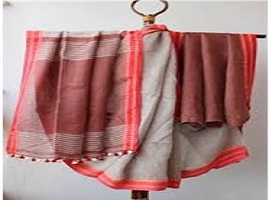 |
| Santiniketan Leather Goods | Registered in 2007, these items are made in Santiniketan and the surrounding villages. The material used is vegetable tanned leather with art work done by touch dyeing. The craftsmen are trained under the Rural Development Programme of Visva-Bharati University at Santiniketan. | 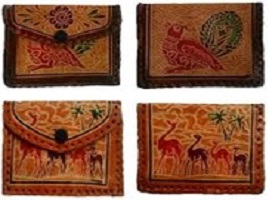 |
| Fazli Mango | The Malda district area of West Bengal, is the major producers of this popular mango cultivar. An important commercial variety, it is increasingly being exported. |  |
| Himsagar Mango | Also known as Khirsapati, this mango cultivar is mainly grown in the Malda, Murshidabad, Nadia and Hooghly districts. It’s inside is yellow to orange in colour and does not have any fibre. | 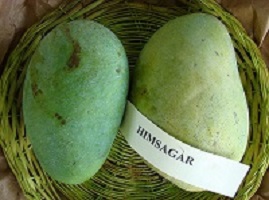 |
| Baluchari saree | Named after a small village - Baluchar in Murshidabad district, this elegant variety takes approximately one week to produce one such piece. In the 18th century, Murshidkuli Khan, Nawab of Bengal patronized its rich weaving tradition and brought the craft of making this sari from Dhaka to the Baluchar village in Murshidabad and encouraged the industry to flourish. It later declined, especially during British rule, due to political and financial reasons. | 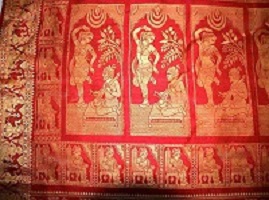 |
| Dhaniakhali saree | Named after Dhaniakhali in Hooghly district, these superior quality sarees in pastel shades usually takes a minimum of two days to be woven. The most exotic ones take four to five days to weave. | 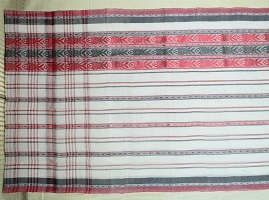 |
| Rosogolla | One of the iconic food items to have originated in this part of India, Rosogolla got it’s name from the words ‘ras’ (juice) and ‘gulla’ (ball). It was, reportedly, introduced in 1868 by the famous Kolkata-based confectioner named Nobin Chandra Das. In fact, jocularly, Shri Das was usually referred to as the ‘Columbus of Rosogulla’. |  |
This state presents some of unique landscape features and natural scenic beauty. Some of India's most preferred travel destinations are found in this state.
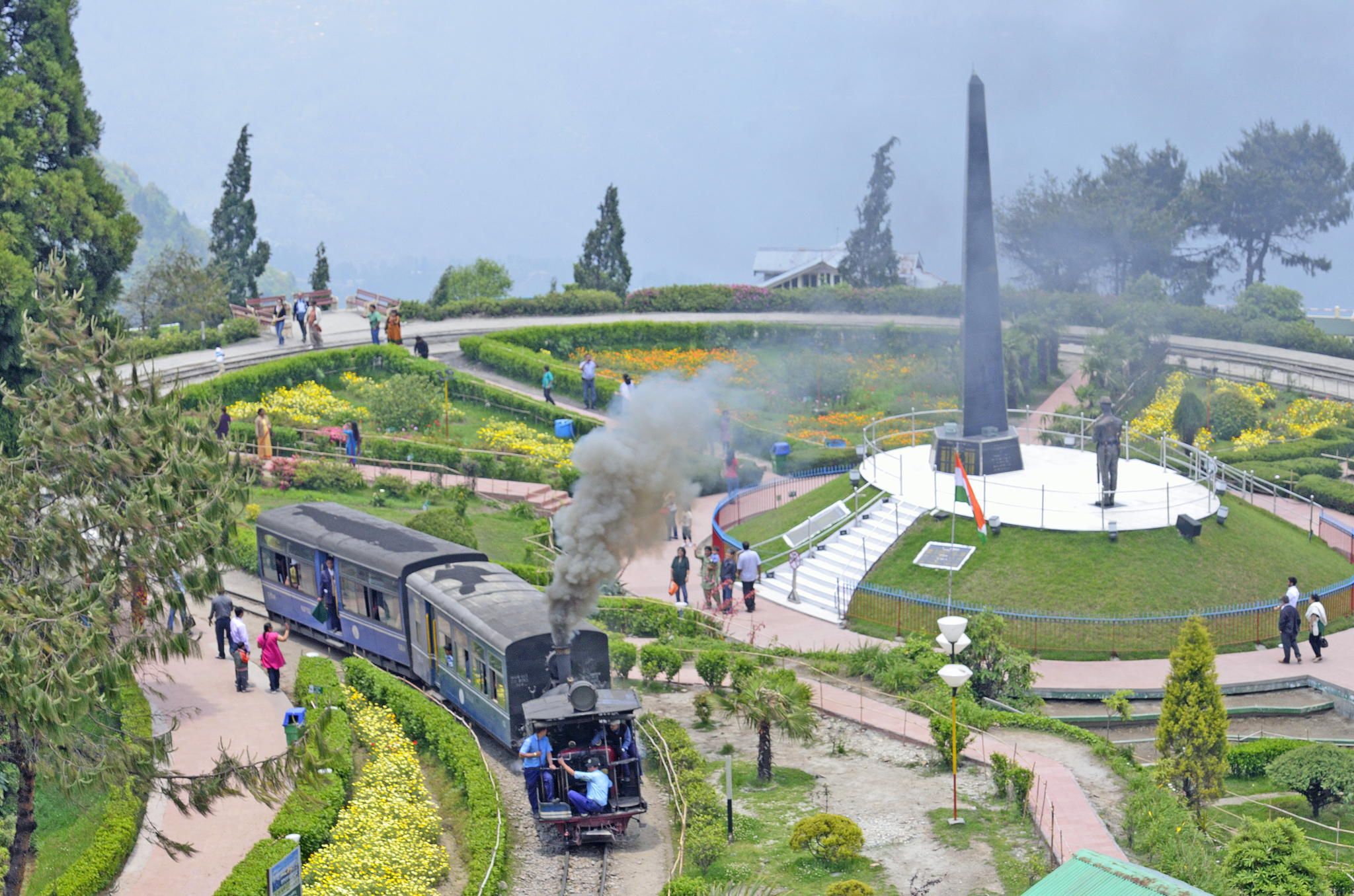 Nestled in a cosy cluster in the North, one of the most magnificent hill stations in the world, Darjeeling is often dubbed as the ‘Queen of the Hills’. Renowned for its tea plantations, Darjeeling tea is one of the most sought after in the world.
Nestled in a cosy cluster in the North, one of the most magnificent hill stations in the world, Darjeeling is often dubbed as the ‘Queen of the Hills’. Renowned for its tea plantations, Darjeeling tea is one of the most sought after in the world.
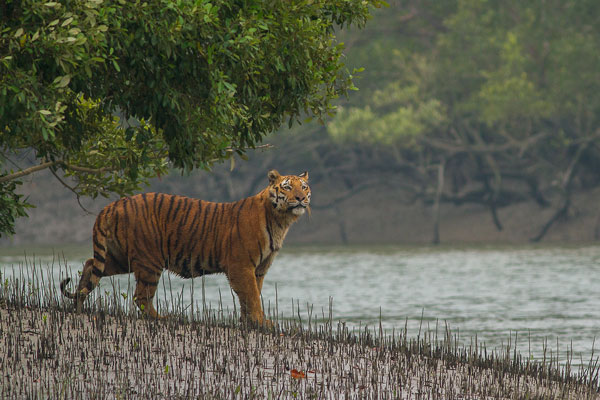 Down south, Bengal boasts an extremely rich flora and fauna. With its broad network of rivers and geographical features, West Bengal is celebrated for having the largest mangrove forest in the world in the Sunderbans. Declared a UNESCO World Heritage site, the Sunderbans is universally acclaimed for housing globally endangered species such as the Royal Bengal Tiger.
Down south, Bengal boasts an extremely rich flora and fauna. With its broad network of rivers and geographical features, West Bengal is celebrated for having the largest mangrove forest in the world in the Sunderbans. Declared a UNESCO World Heritage site, the Sunderbans is universally acclaimed for housing globally endangered species such as the Royal Bengal Tiger.
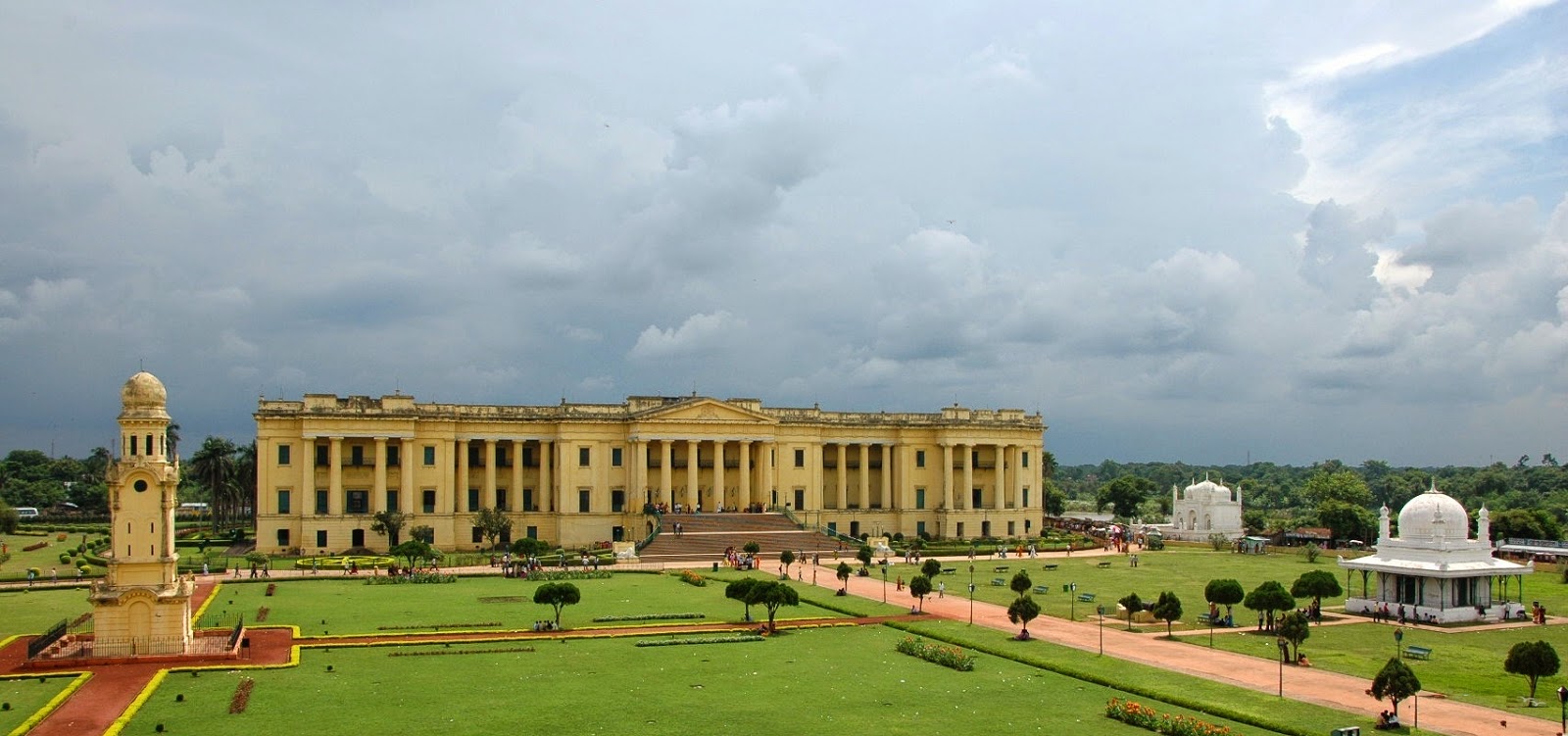 Hazarduari Palace, a popular tourist attraction, is known to have the second largest chandelier in the world and also the largest staircase in India. It was built in 1837 by Duncan McLeod for Nawab Nazim Humaun Jah, the then Nawab of Bengal. The palace reportedly derives its name from the thousand doors in the palace.
Hazarduari Palace, a popular tourist attraction, is known to have the second largest chandelier in the world and also the largest staircase in India. It was built in 1837 by Duncan McLeod for Nawab Nazim Humaun Jah, the then Nawab of Bengal. The palace reportedly derives its name from the thousand doors in the palace.
Apart from possessing some of the finest hill stations, Bengal also offers some of the best beach front locations. Places like Digha and Mandarmani are perfect getaways which offer pristine beaches and accommodation for every traveller.
The tourist destinations are being developed as Business and Conference centre. The Bengal Global Business Convention Centre at Digha is a State of The Art Conference and Convention center built by the government of West Bengal. The Bengal Business Conclave – Digha was held here on 11th and 12th Dec, 2020.